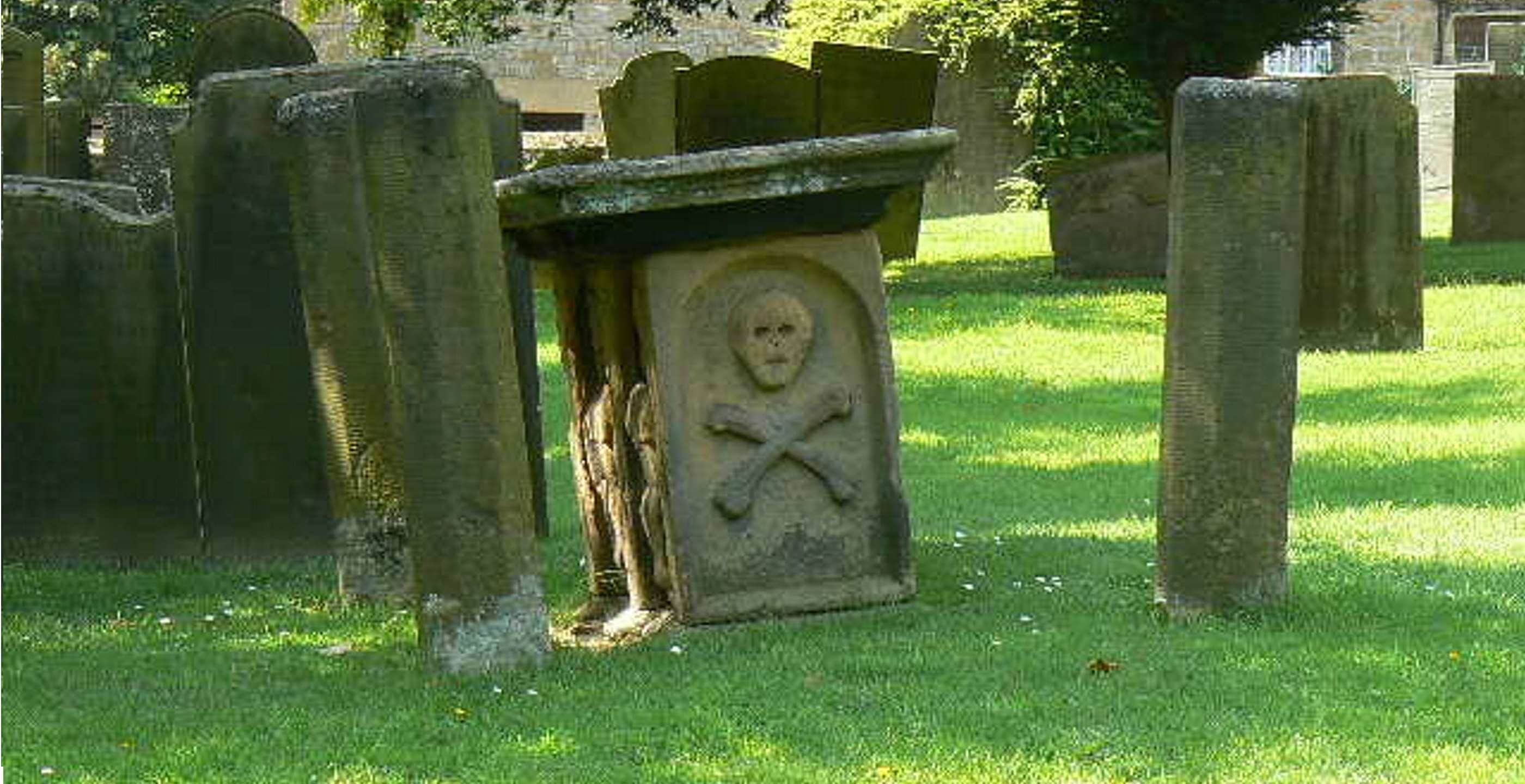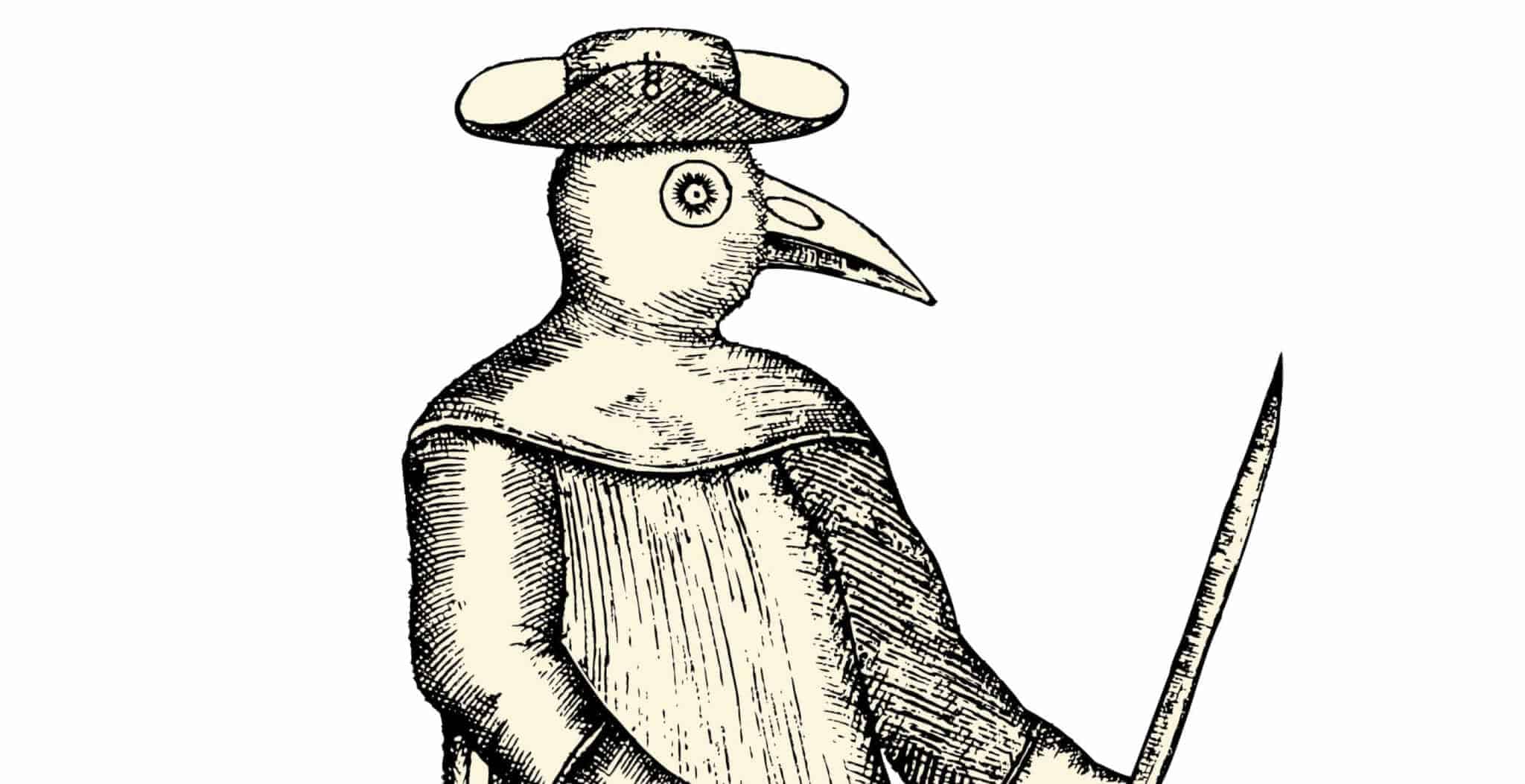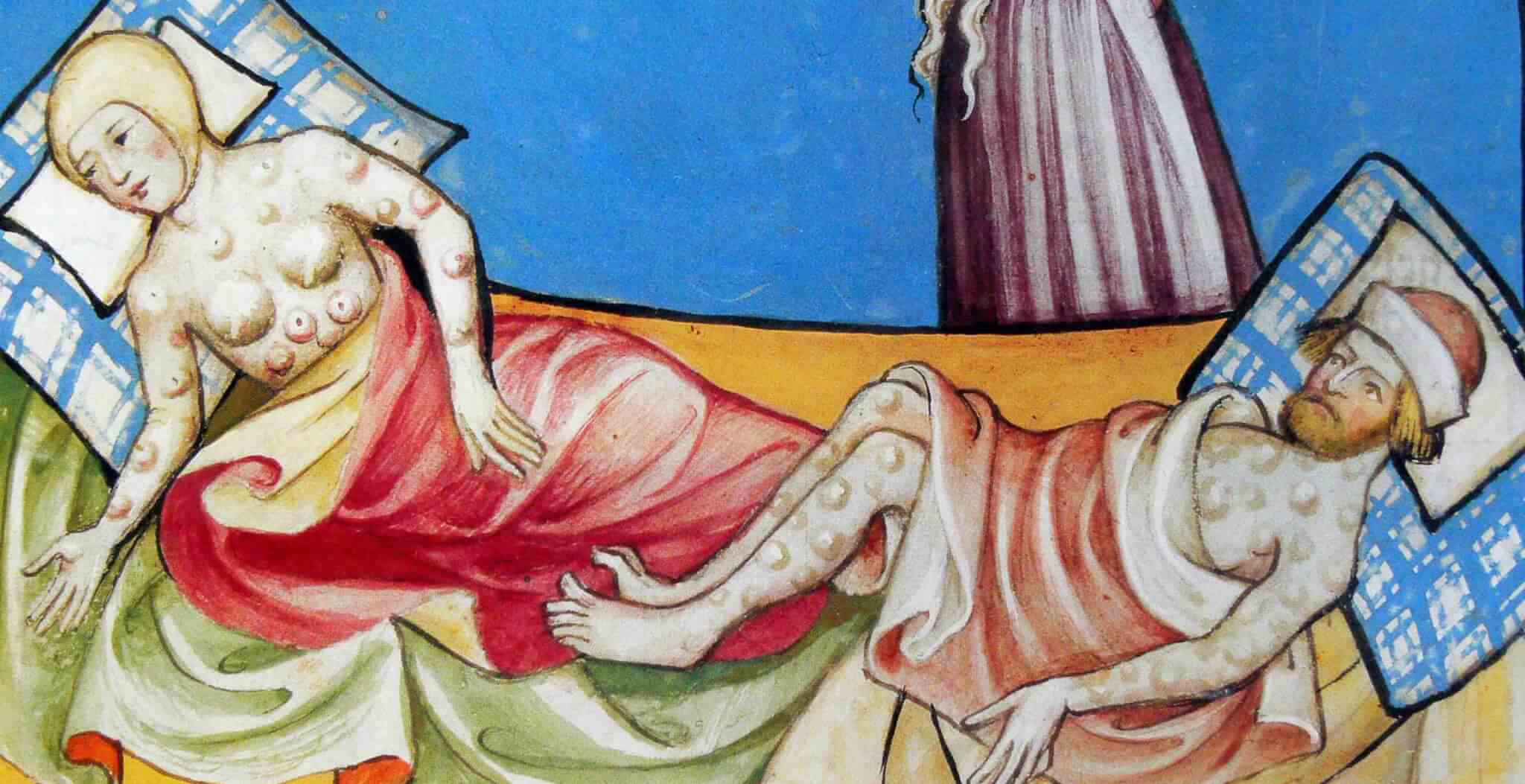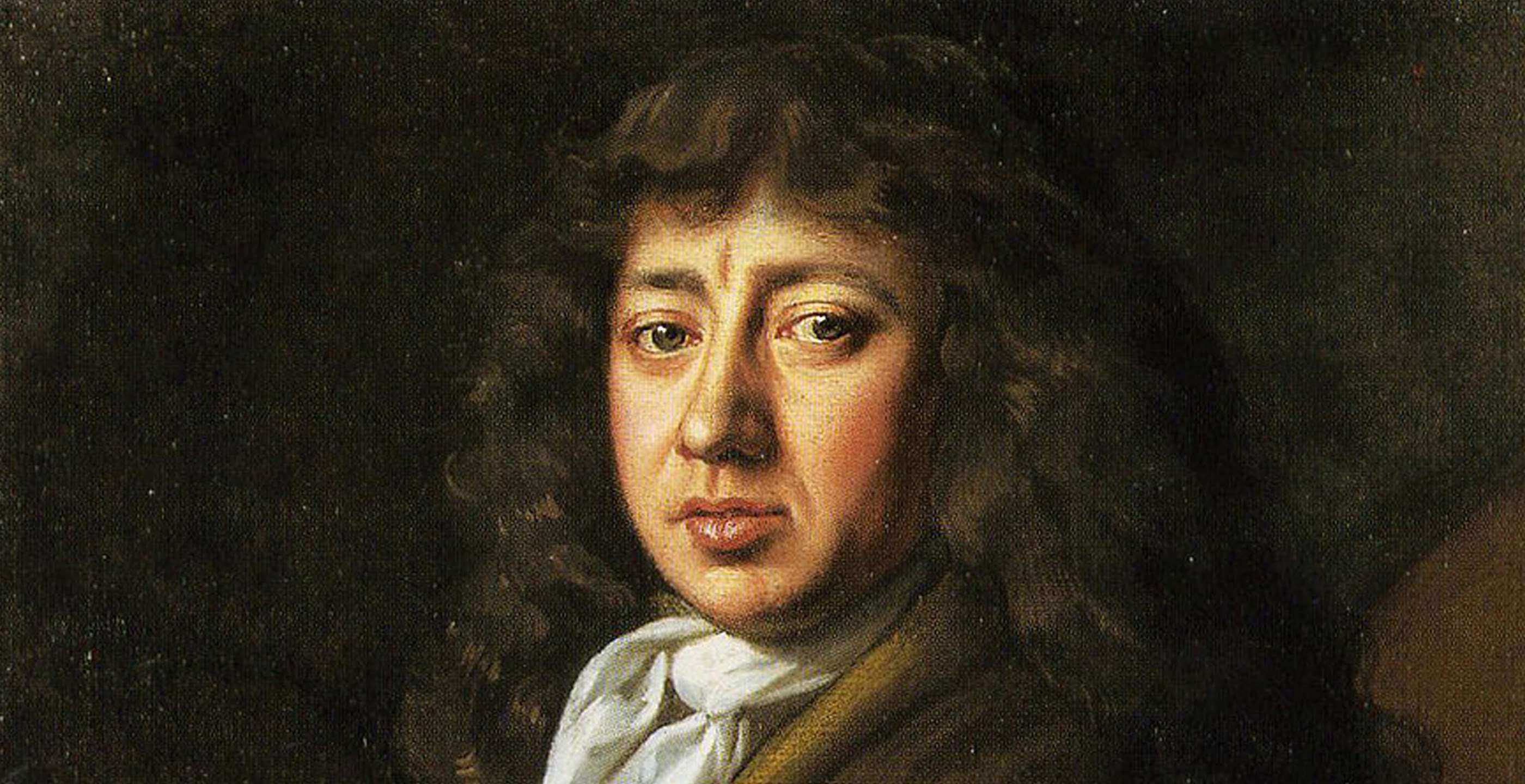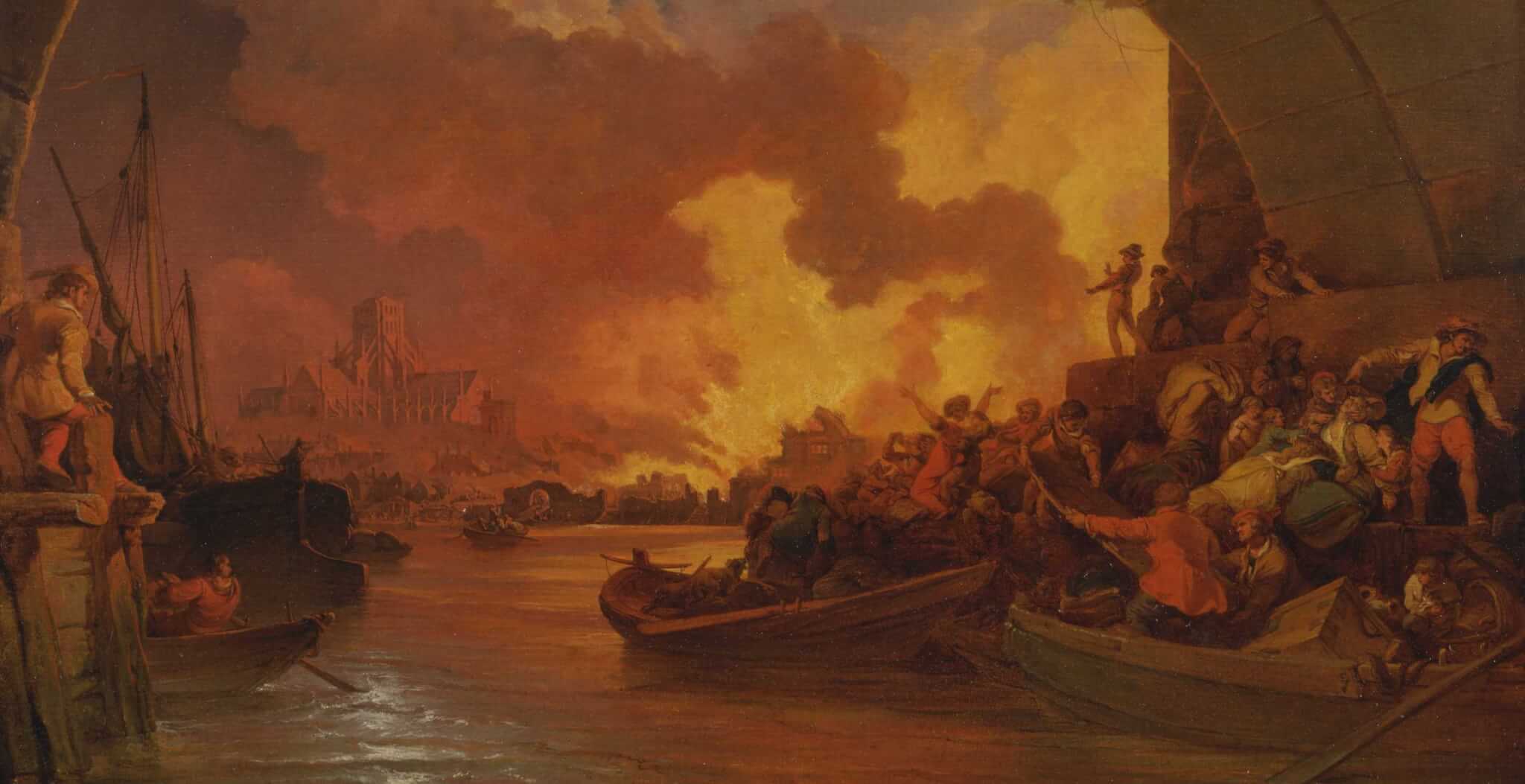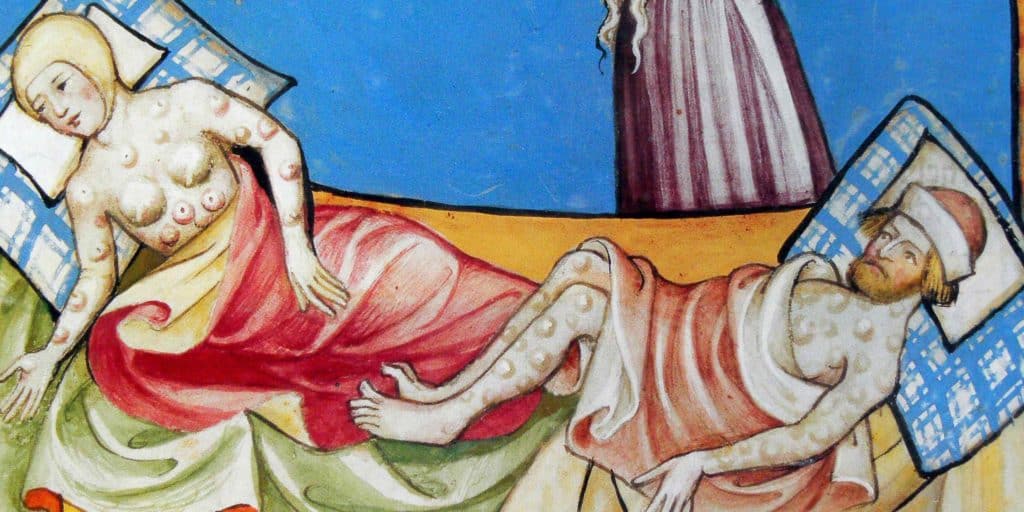Eyam is a small village in Derbyshire. Lying between Buxton and Chesterfield it is just north of Bakewell in the Peak District. Typically rural, most of its population were farmers. In the early 1660s it did not stand apart from any of the other numerous villages that lined the trade routes from London to the rest of England. And yet in 1665 Eyam became one of the most significant villages in England. The actions of its 800 inhabitants had far reaching and important consequences for the development of treatment of the plague.
1665-6 was the last major epidemic of the plague to occur in England. As was normal the plague concentrated in London. As the rich (Including King Charles II) fled the capital to their country estates, the authorities did little. Left to fend for themselves, the poor and uneducated of London faced a merciless and terrifying foe. When the House of Lords finally met to discuss the crisis the following year they decided, instead of relief measures and aid, that the policy of ‘shutting up’ of infected individuals with their household would not apply to persons of note and that plague hospitals would not be built near to the homes of the nobility. This selfish and callous attitude added to the feeling of abandonment for many of the poor left in London.
The movement of the rich alongside the normal trade patterns of England meant that the great plague spread quickly across the country. Rural areas that may previously have been safe from the diseases of urban areas were also exposed. The plague arrived in Eyam in late August 1665. It came in a parcel of cloth sent from London to the village tailor Alexander Hadfield. When Hadfield’s assistant George Viccars spread the cloth out by the fire to air, he found it was infested with rat fleas. He died a few days later with his burial being recorded in the parish registers on 7th September 1665.
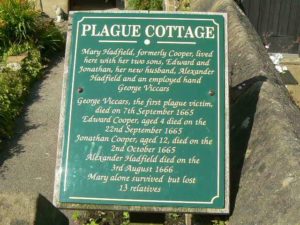
Spread by infected fleas from small animals, the bacteria enters the skin through a flea bite and travels via the lymphatic system to a lymph node causing it to swell. This causes the characteristic buboes which typically appeared under the arm but could surface in the neck or groin area also. Combined with the black bruising under the surface of the skin, fever, vomiting and spasms, the plague was a truly terrifying disease that spread with a startling ferocity.
People of the 17th Century believed in numerous theories regarding the origins of the plague. Most believed that it was a punishment sent by God for the sins of the world. People sought forgiveness through prayer and by repenting for their sins. Many felt that it was caused by bad air, which they referred to as miasma. Those who could afford it would carry pomanders stuffed with sweet herbs and spices or carry sweet smelling flowers. Windows and doors were closed and many, especially watchers and searchers in plague hit London, would smoke tobacco. Large piles of foul smelling rubbish were also cleared.
While these methods helped indirectly, for example ridding the city of rubbish meant that the rats spreading the disease had to move on for a reliable food source. Many had limited to no effect.
However in Eyam, a small village in the north, they acted in a unique way. Their intention was to act decisively and prevent the spread of disease.
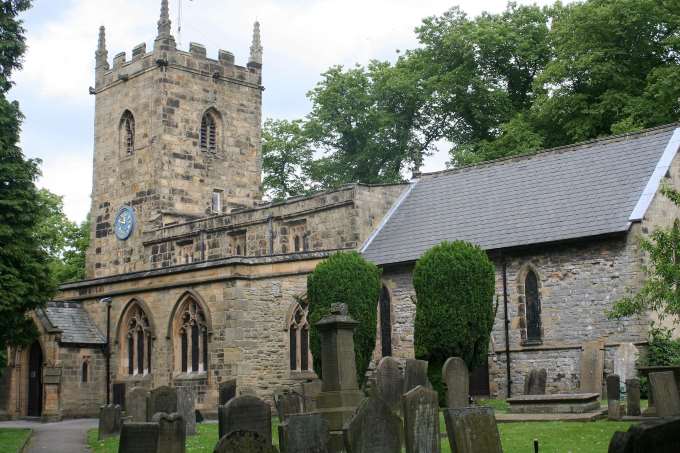
The Church’s dominance in the 17th Century was still supreme, even after the religious roller-coaster of the Tudor period. The local Reverends were pillars of the community, often the most educated people in the village. Eyam had two Reverends. Thomas Stanley had been dismissed from his official post for refusing to take the Oath of Conformity and use the Common Book of Prayer. His replacement, Reverend William Mompesson had worked in the village for a year. Aged 28, Mompesson lived in the rectory with his wife Catherine and their two small children. Both highly educated, it was the actions of Stanley and Mompesson that resulted in the outbreak of plague in Eyam being contained to the village and not spreading to the nearby city of Sheffield.
A three point plan was established and agreed with the villagers. The most important part of this was the setting up of a Cordon Sanitaire or quarantine. This line went around the outskirts of the village and no Eyam resident was allowed to pass it. Signs were erected along the line to warn travellers not to enter. During the time of the quarantine there were almost no attempts to cross the line, even at the peak of the disease in the summer of 1666. Eyam was not a self supporting village. It needed supplies. To this end the village was supplied with food and essentials from surrounding villages. The Earl of Devonshire himself provided supplies that were left at the southern boundary of the village. To pay for these supplies the villagers left money in water troughs that were filled with vinegar. With the limited understanding they did possess, the villagers realised that vinegar helped to kill off the disease.
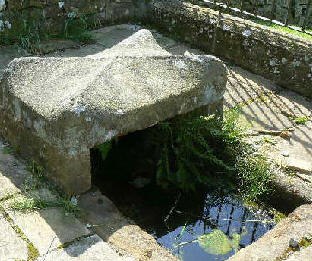 Mompesson’s well on the village boundary, used to exchange money for food and medicine with other villages.
Mompesson’s well on the village boundary, used to exchange money for food and medicine with other villages.
Other measures taken included the plan to bury all plague victims as quickly as possible and as near to the place they died rather than in the village cemetery. They were correct in their belief that this would reduce the risk of the disease spreading from corpses waiting to be buried. This was combined with the locking up of the church to avoid parishioners being crammed into church pews. They instead moved to open air services to avoid the spread of the disease.
The village of Eyam, while undoubtedly saving the lives of thousands in the surrounding area, paid a high price. Percentage wise they suffered a higher death toll than that of London. 260 Eyam villagers died over the 14 months of the plague out of a total population of 800. 76 families were affected by the plague; many such as the Thorpe family were wiped out completely. However the impact on medical understanding was significant.
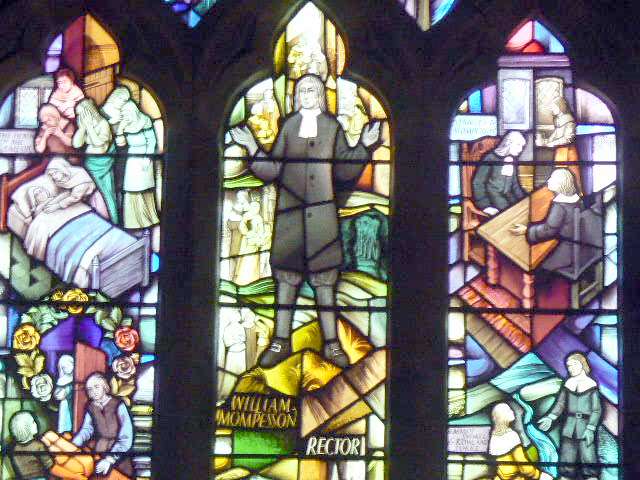
Doctors realised that the use of an enforced quarantine zone could limit or prevent the spread of disease. The use of quarantine zones are used in England to this day to contain the spread of diseases such as foot and mouth. It took longer for the ideas of quarantine to filter through to become common practice in hospitals. Florence Nightingale pioneered the use of isolation wards to limit the spread of infectious diseases in hospitals during the Crimean war. This is still used today, with hospitals learning quickly that to contain the spread of diseases such as the Norovirus, isolation wards needed to be used.
Other lessons were learnt from the methods used at Eyam. Doctors began to use other practices to limit the risk of contamination. At Eyam this was done by paying for food supplies by dropping coins into pots of vinegar or water, preventing the coins from being directly handed over. This continues today with the use of sterilisation of equipment and medical clothing. Most recently, lessons learnt from Eyam have been seen in the handling of the Ebola epidemic in Africa. The quick disposal of bodies close to the immediate area of death has limited the risk of spreading the disease.
So, why is the small village of Eyam significant? In the words of a Victorian local Historian William Wood…
“Let all who tread the green fields of Eyam remember, with feelings of awe and veneration, that beneath their feet repose the ashes of those moral heroes, who with a sublime, heroic and unparalleled resolution gave up their lives, yea doomed themselves to pestilential death to save the surrounding country. Their self sacrifice is unequalled in the annals of the world.”
After 1666, although there were many isolated outbreaks, there were no further epidemics of the plague in England. While the events at Eyam did little to change attitudes initially, in the longer term scientists, doctors and the medical world used Eyam as a case study in the prevention of disease.
By Victoria Masson.
